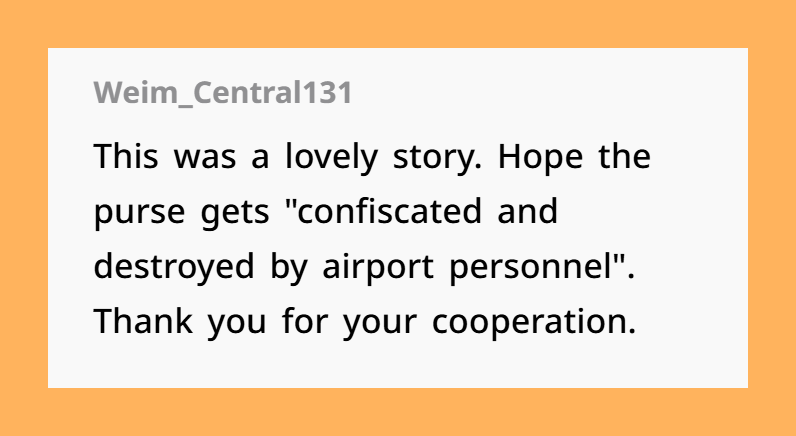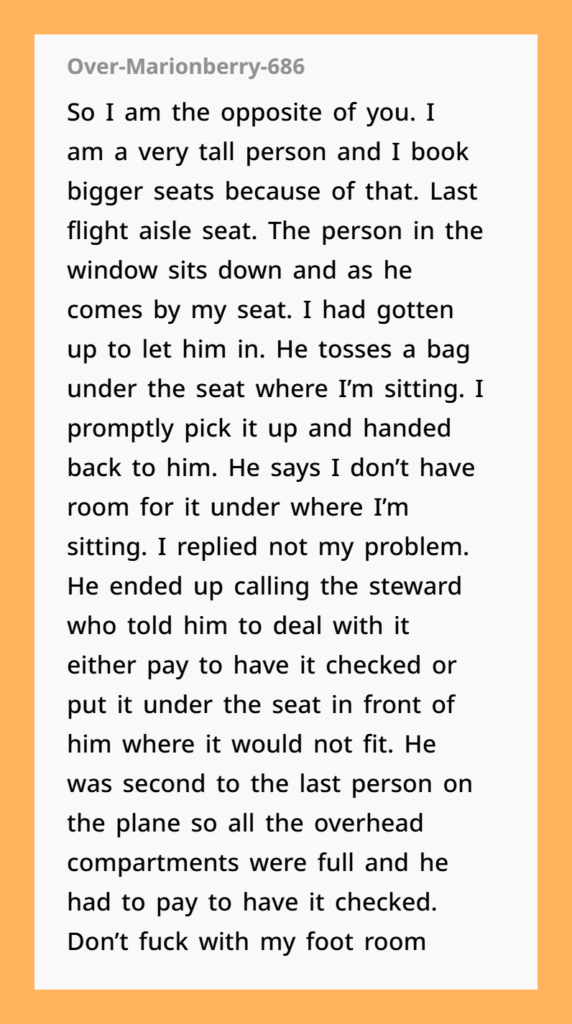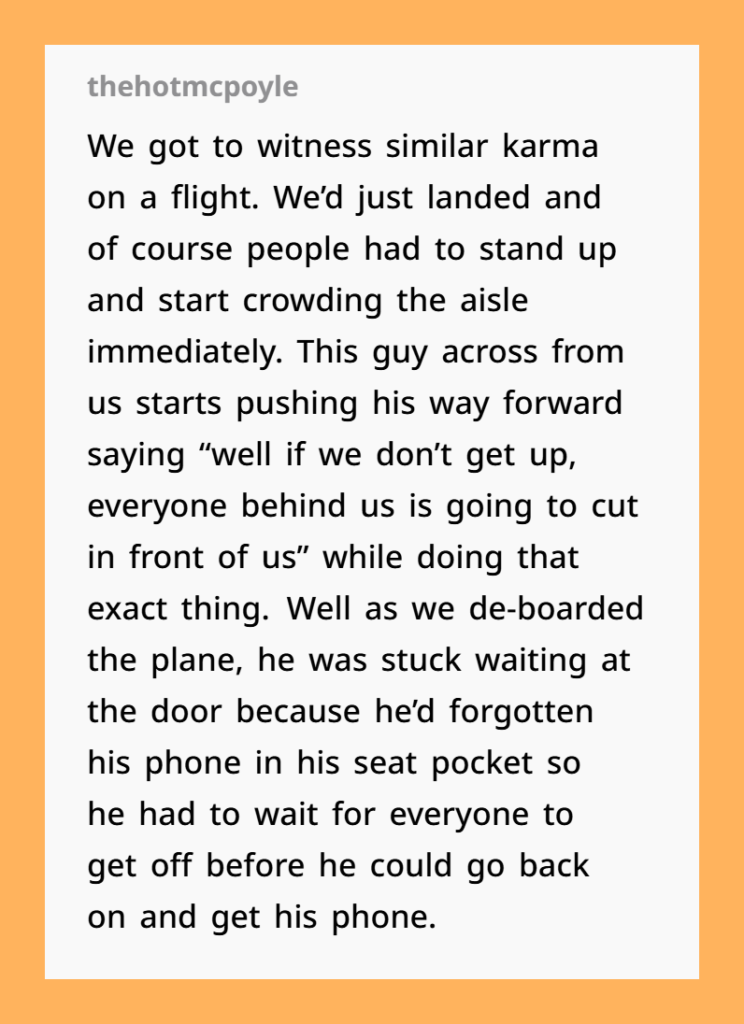Navigating Air Travel Etiquette: Addressing Personal Space and Carry-On Challenges
Air travel often brings individuals into close quarters, making mutual respect and adherence to etiquette essential for a comfortable journey. Instances where passengers encroach upon others’ personal space or misuse carry-on allowances can lead to discomfort and conflict. Such behaviors not only disrupt individual passengers but can also affect the overall cabin environment. Understanding and practicing proper airplane etiquette is crucial to ensure a pleasant experience for all travelers.
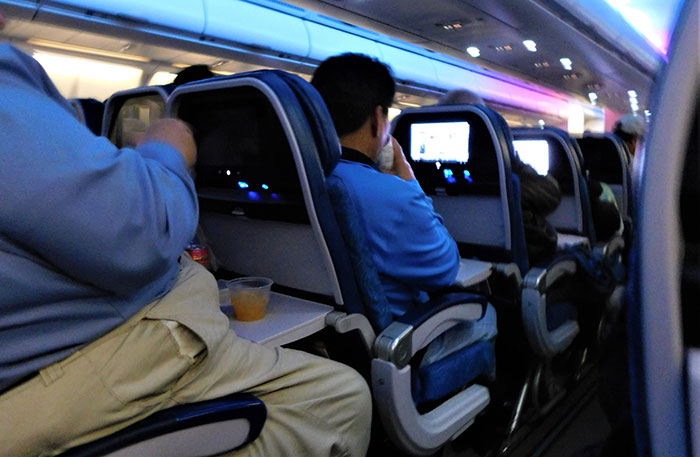

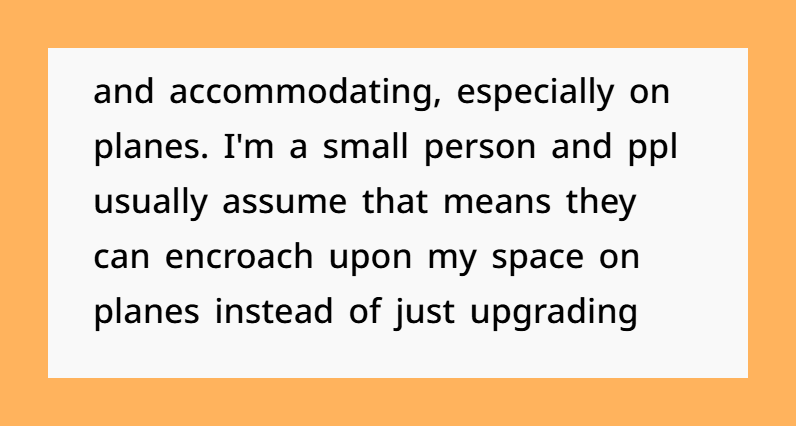

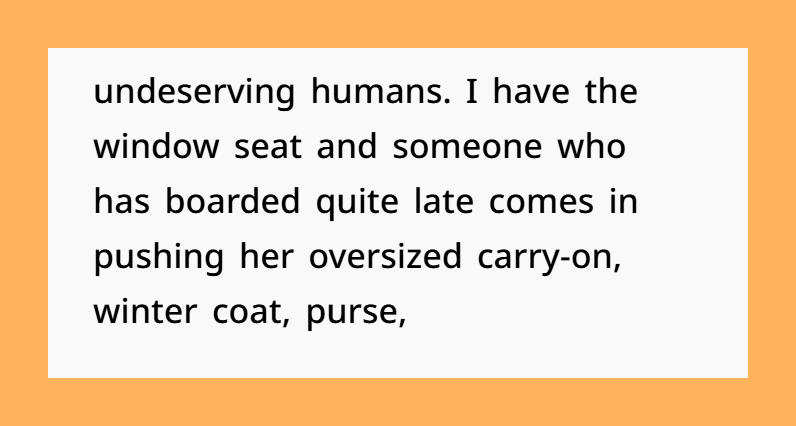





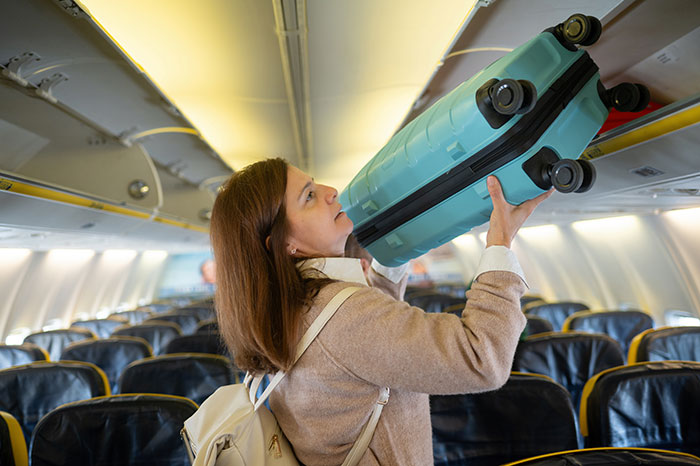



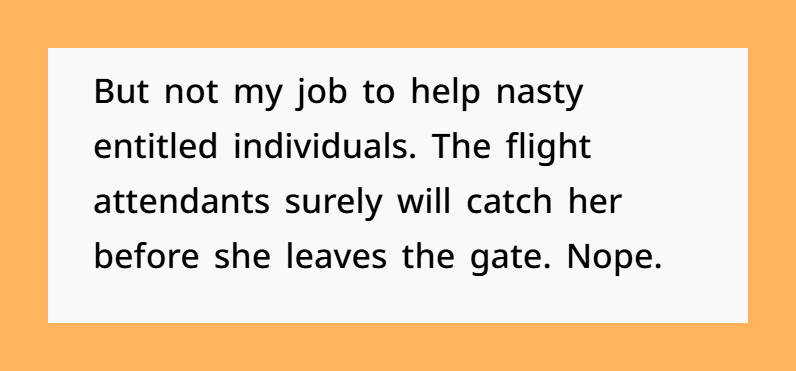

Navigating the complexities of air travel requires a thorough understanding of carry-on luggage regulations and passenger rights. The Federal Aviation Administration (FAA) provides guidelines to ensure safety and comfort, but individual airlines may implement more specific policies. For instance, the FAA advises that the maximum size for a carry-on bag is 45 linear inches, combining height, width, and depth. However, airlines like American Airlines specify dimensions of 22 x 14 x 9 inches for carry-on luggage, with personal items not exceeding 18 x 14 x 8 inches. These personal items should fit under the seat in front of the passenger to maintain clear aisles and overhead bins.
Adhering to these regulations is not merely about compliance; it’s about fostering a harmonious and safe environment for all travelers. Oversized or improperly stored items can lead to discomfort and potential safety hazards. The FAA emphasizes the importance of proper stowage, noting that each passenger seat under which baggage is allowed to be stowed must have a means to prevent articles from sliding forward.
Passenger rights extend beyond luggage dimensions. For example, United Airlines’ Contract of Carriage indicates that passengers who significantly encroach upon the space of others may be required to purchase an additional seat or rebook on a later flight. This policy underscores the delicate balance airlines must maintain between accommodating all passengers and ensuring individual comfort.
Recent incidents have highlighted the challenges airlines face in enforcing these policies. A notable case involved a passenger whose carry-on luggage was placed in a first-class seat because it couldn’t fit in the overhead compartment. This situation raised questions about the consistency of enforcing carry-on size regulations and the measures taken when standard procedures cannot be followed.
Understanding these policies is crucial, especially as airlines may adjust their regulations over time. Southwest Airlines, for instance, recently ended its “bags fly free” policy, aligning more closely with other carriers that charge for checked luggage. Such changes can influence passenger decisions regarding carry-on items and highlight the importance of staying informed about current airline policies.
In essence, being well-versed in both FAA guidelines and individual airline policies empowers passengers to make informed decisions, contributing to a more comfortable and efficient travel experience for everyone on board.
Some internet users had similar travel stories to share
